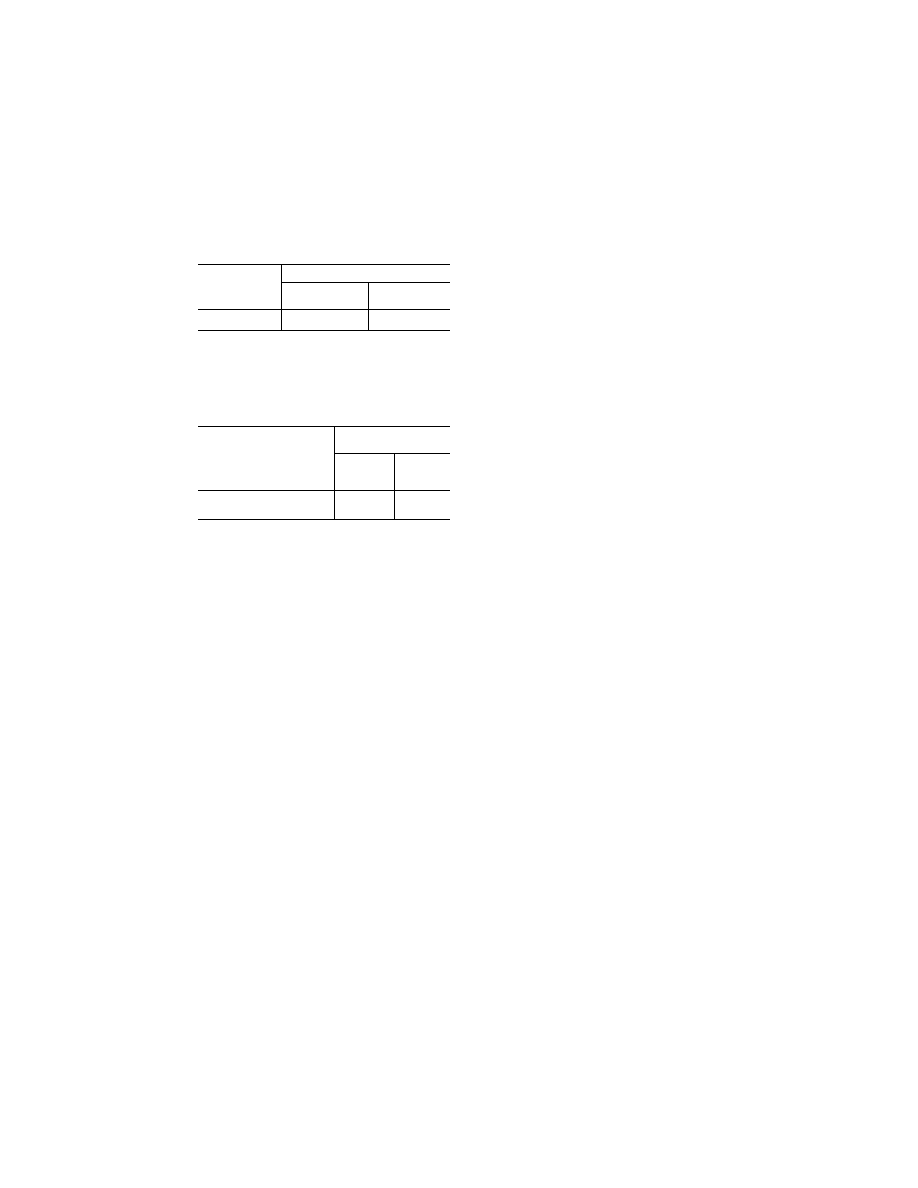
261
Federal Aviation Administration, DOT
§ 23.841
Number of pas-
senger seats
Minimum main passenger aisle width
Less than 25
inches from floor
25 inches and
more from floor
10 through 19 .......
9 inches ................
15 inches.
(b) When certification to the emer-
gency exist provisions of § 23.807(d)(4) is
requested, the main passenger aisle
width at any point between the seats
must equal or exceed the following val-
ues:
Number of passenger seats
Minimum main passenger
aisle width (inches)
Less than
25 inches
from floor
25 inches
and more
from floor
10 or fewer ................................
1
12 15
11 through 19 ............................
12
20
1
A narrower width not less than 9 inches may be approved
when substantiated by tests found necessary by the
Administrator.
[Amdt. 23–34, 52 FR 1831, Jan. 15, 1987, as
amended by Amdt. 23–46, 59 FR 25774, May 17,
1994]
§ 23.831
Ventilation.
(a) Each passenger and crew compart-
ment must be suitably ventilated. Car-
bon monoxide concentration may not
exceed one part in 20,000 parts of air.
(b) For pressurized airplanes, the
ventilating air in the flightcrew and
passenger compartments must be free
of harmful or hazardous concentrations
of gases and vapors in normal oper-
ations and in the event of reasonably
probable failures or malfunctioning of
the ventilating, heating, pressuriza-
tion, or other systems and equipment.
If accumulation of hazardous quan-
tities of smoke in the cockpit area is
reasonably probable, smoke evacuation
must be readily accomplished starting
with full pressurization and without
depressurizing beyond safe limits.
(c) For jet pressurized airplanes that
operate at altitudes above 41,000 feet,
under normal operating conditions and
in the event of any probable failure
conditions of any system which would
adversely affect the ventilating air, the
ventilation system must provide rea-
sonable passenger comfort. The ven-
tilation system must also provide a
sufficient amount of uncontaminated
air to enable the flight crew members
to perform their duties without undue
discomfort or fatigue. For normal oper-
ating conditions, the ventilation sys-
tem must be designed to provide each
occupant with at least 0.55 pounds of
fresh air per minute. In the event of
the loss of one source of fresh air, the
supply of fresh airflow may not be less
than 0.4 pounds per minute for any pe-
riod exceeding five minutes.
(d) For jet pressurized airplanes that
operate at altitudes above 41,000 feet,
other probable and improbable Envi-
ronmental Control System failure con-
ditions that adversely affect the pas-
senger and flight crew compartment
environmental conditions may not af-
fect flight crew performance so as to
result in a hazardous condition, and no
occupant shall sustain permanent
physiological harm.
[Doc. No. 4080, 29 FR 17955, Dec. 18, 1964; 30
FR 258, Jan. 9, 1965, as amended by Amdt. 23–
34, 52 FR 1831, Jan. 15, 1987; Amdt. 23–42, 56
FR 354, Jan. 3, 1991; Amdt. 23–62, 76 FR 75757,
Dec. 2, 2011]
P
RESSURIZATION
§ 23.841
Pressurized cabins.
(a) If certification for operation
above 25,000 feet is requested, the air-
plane must be able to maintain a cabin
pressure altitude of not more than
15,000 feet, in the event of any probable
failure condition in the pressurization
system. During decompression, the
cabin altitude may not exceed 15,000
feet for more than 10 seconds and 25,000
feet for any duration.
(b) Pressurized cabins must have at
least the following valves, controls,
and indicators, for controlling cabin
pressure:
(1) Two pressure relief valves to auto-
matically limit the positive pressure
differential to a predetermined value
at the maximum rate of flow delivered
by the pressure source. The combined
capacity of the relief valves must be
large enough so that the failure of any
one valve would not cause an appre-
ciable rise in the pressure differential.
The pressure differential is positive
when the internal pressure is greater
than the external.
(2) Two reverse pressure differential
relief valves (or their equivalent) to
automatically prevent a negative pres-
sure differential that would damage
the structure. However, one valve is
VerDate Mar<15>2010
10:12 Mar 18, 2014
Jkt 232046
PO 00000
Frm 00271
Fmt 8010
Sfmt 8010
Y:\SGML\232046.XXX
232046
pmangrum on DSK3VPTVN1PROD with CFR